| Project: | Rooftop lift |
| Architecture: | Kaspar Schläpfer - Zurich |
| Photos: | Merlin Photography |
Within historic walls, an innovative construction arises: the Rooftop Elevator, harmonizing comfort and heritage conservation.
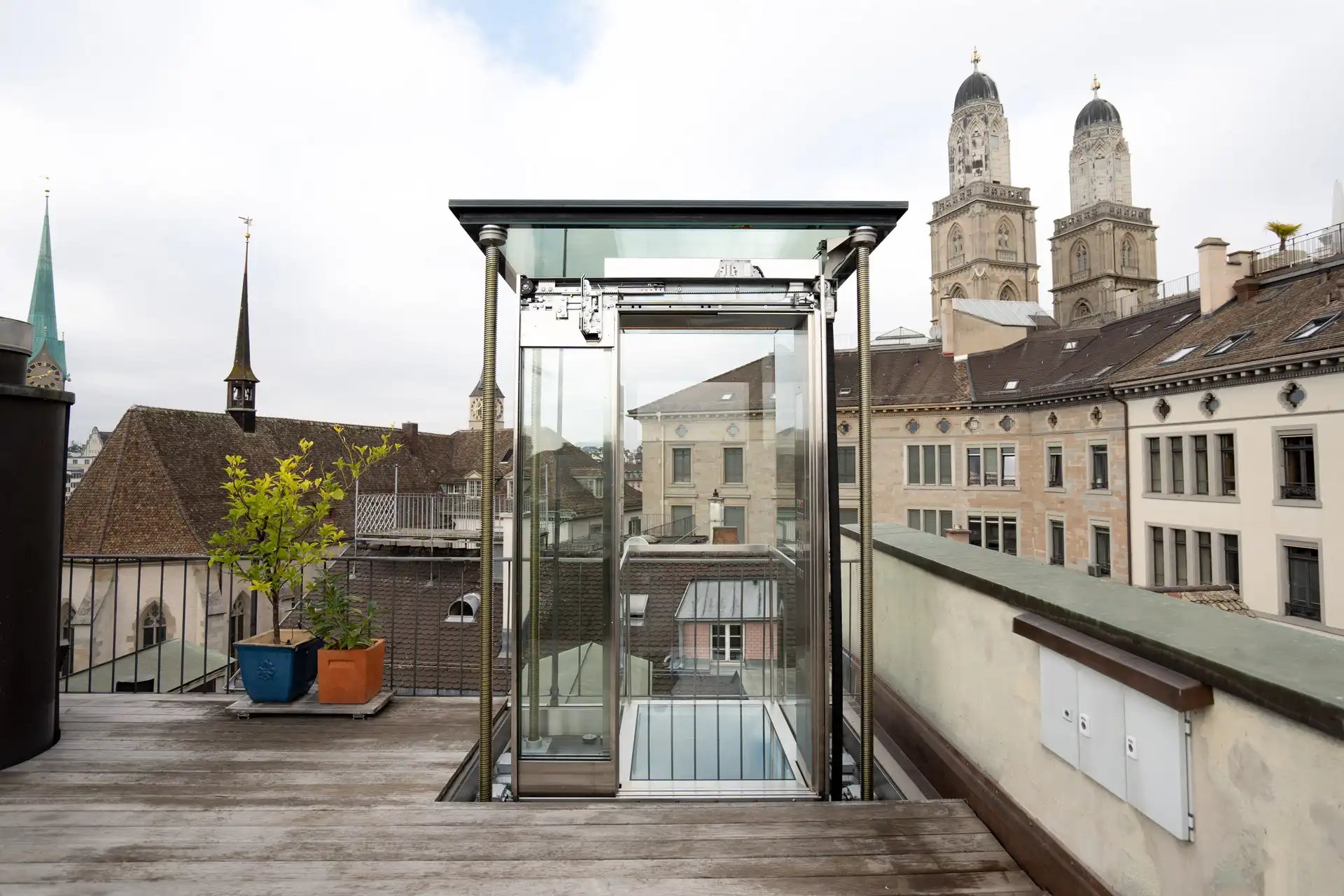
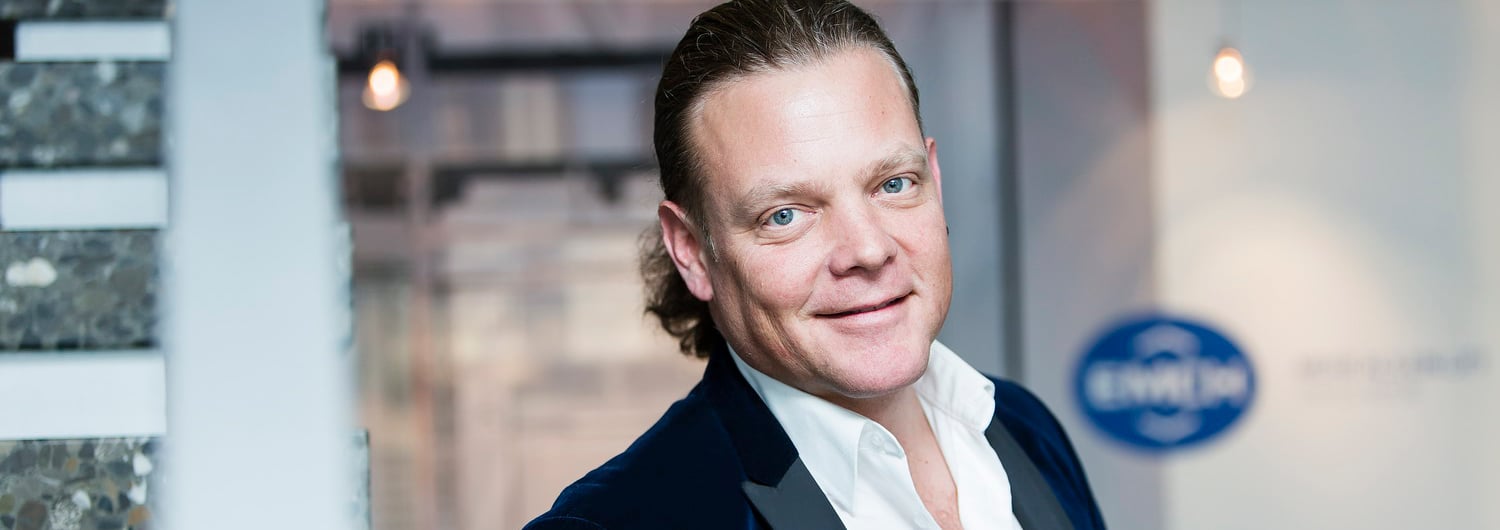
Within historic walls, an innovative construction arises: the Rooftop Elevator, harmonizing comfort and heritage conservation. The greatest architectural and technical challenge was to elevate the lift to the rooftop terrace - an endeavor made difficult by objections from heritage conservationists.
Due to core zone regulations, the construction of a permanent shelter for the lift on the roof was prohibited. Our proposal was to allow just the lift cabin, topped with a separate glass cover, to ascend to the terrace from the fifth floor. The heritage conservation authorities consented to this mobile solution. In addition to stringent fire regulations, other legal requirements had to be met, particularly regarding wheelchair accessibility. For example, it was imperative to install an 80 cmwide door opening instead of 70 cm.
To flood the dim stairwell with as much daylight as possible, we designed the floor, roof, and walls of the cabin in maximum glass transparency. Solutions for building physics and static problems had to be found. Ideas were concretized and implemented in collaboration with the architect and the client. The elevator shaft was left in its raw state. Various elements of the old elevator are still visible. Using the lift, the technology becomes directly tangible. Besides the design and technical challenges, precise craftsmanship and a delicate touch were required for the installation: the new elevator has a larger cabin with the same shaft size, with the smallest distance to the shaft wall being only 45 mm. Millimeter precision was also needed in the manufacturing of the glass cover, which is lifted by a separate spindle drive.
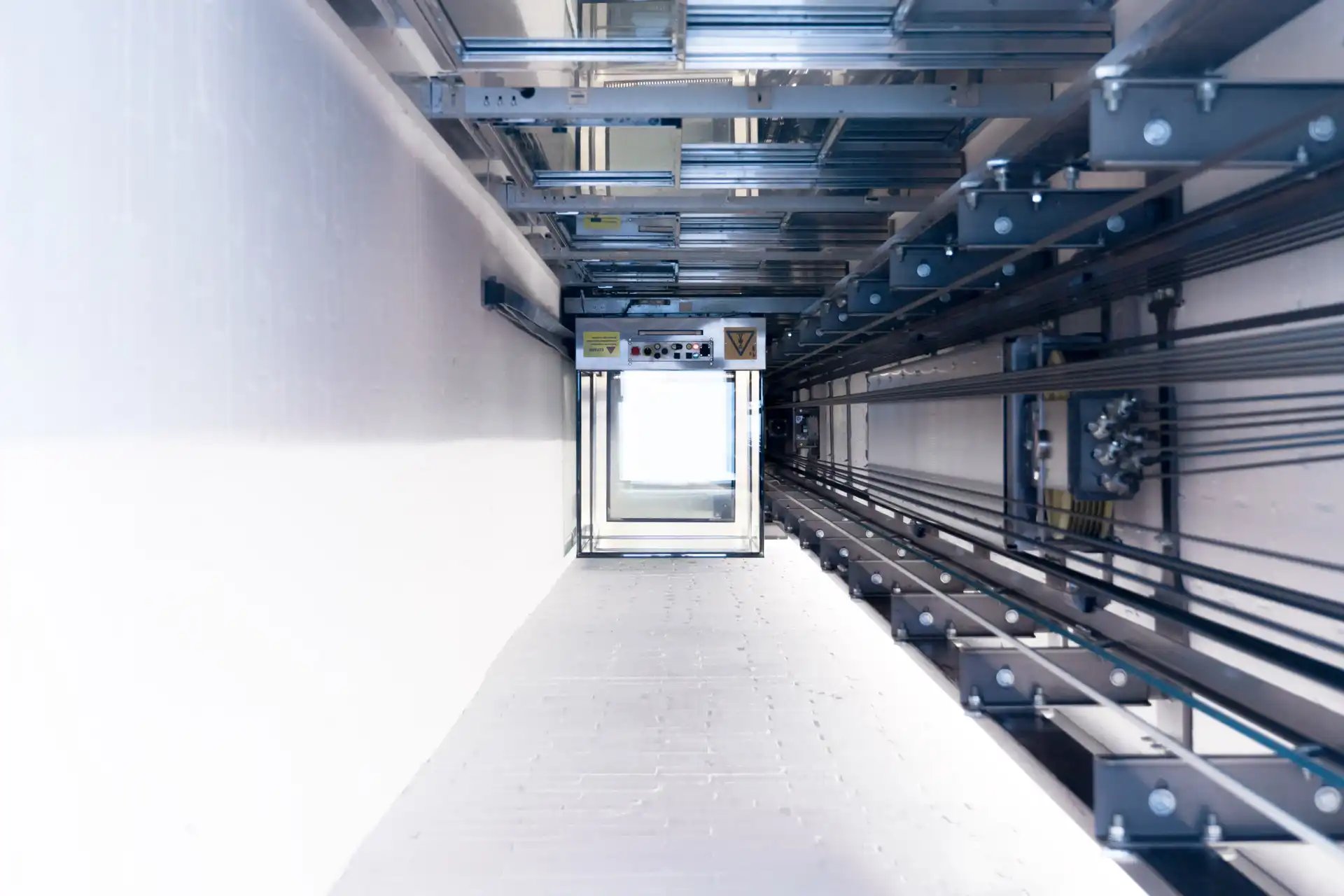
To flood the dim stairwell with as much daylight as possible, we designed the floor, roof, and walls of the cabin in maximum glass transparency.
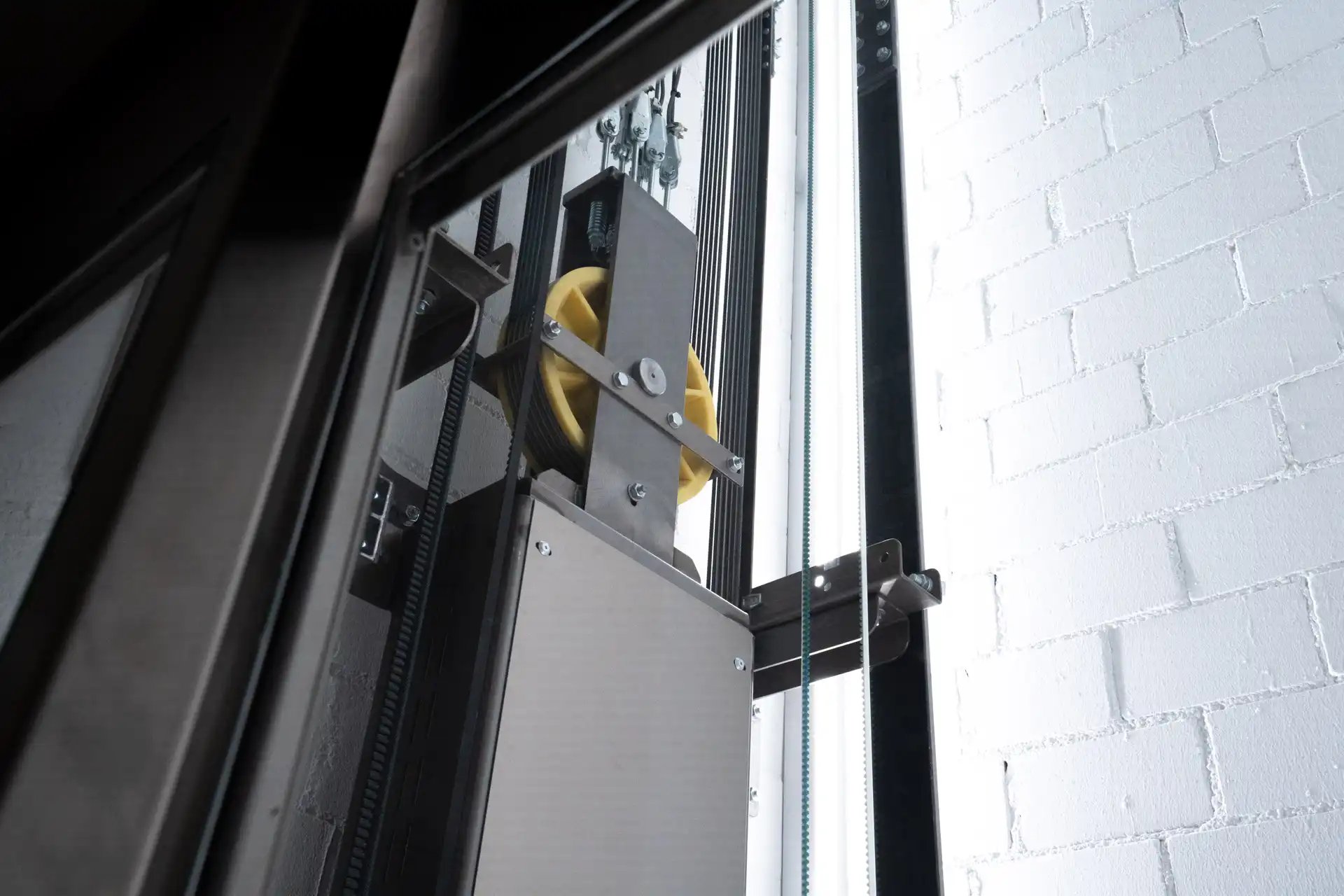
Using the lift, the technology becomes directly tangible.
Despite the complexity on many levels, all requirements were met. The glass elevator brings the desired daylight from top to bottom into the stairwell. At night, a light strip in the elevator shaft provides the desired lighting for the stairwell as well. The glass cover on the rooftop terrace withstands all weather conditions, even extreme ones such as intense sunlight, heavy rain, and large snow loads. With the Rooftop Elevator, the house has gained sustainably in comfort and livability.
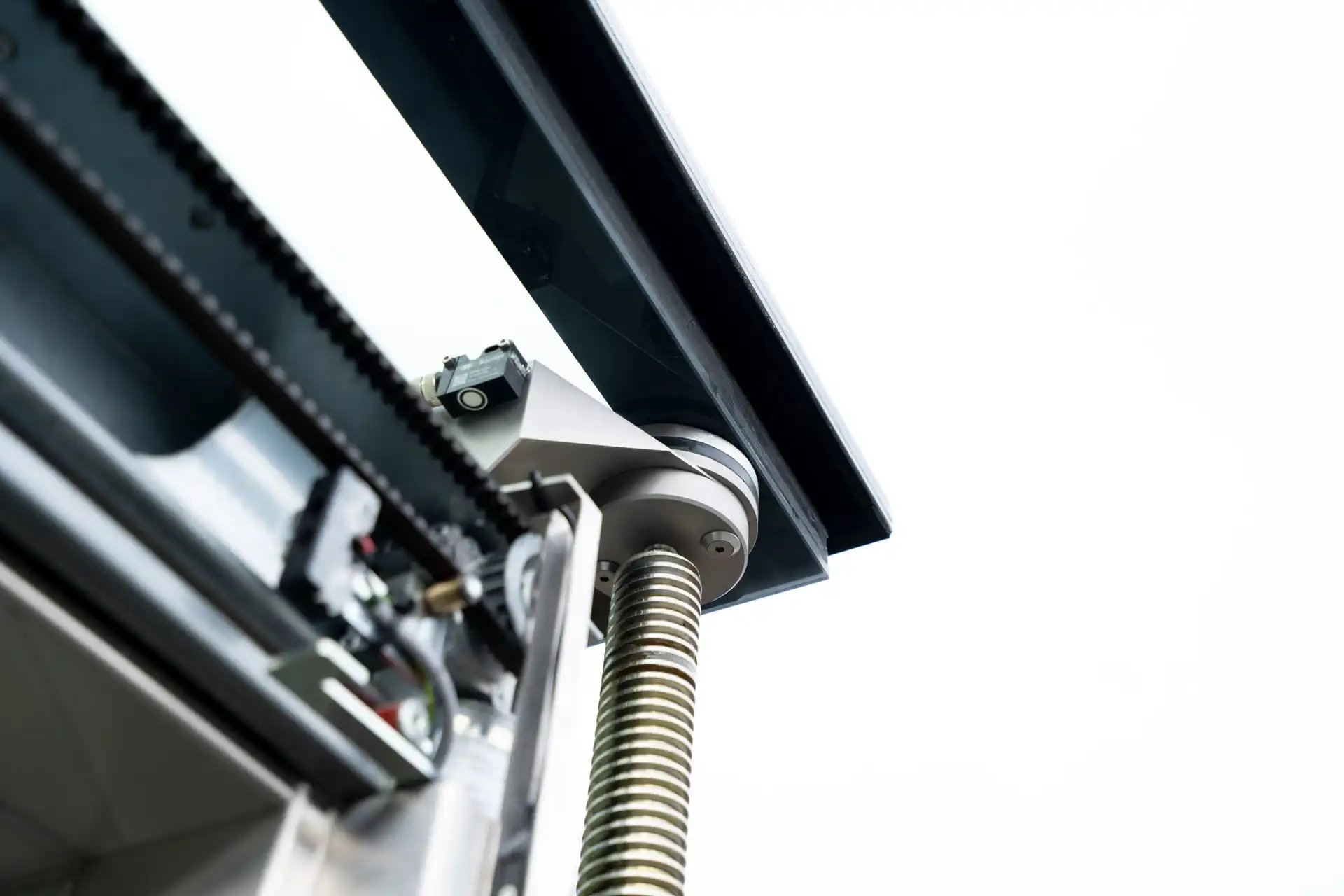
The smallest distance to the shaft wall being only 45 mm. Millimeter precision was also needed in the manufacturing of the glass cover, which is lifted by a separate spindle drive.
Platzangst im Lift kenne ich nicht. Ich finde es auch nicht peinlich, mit anderen zu fahren. Im...
Das 16. Arrondissement zwischen dem Arc de Triomphe, dem Eiffelturm und dem Bois de Boulogne ist...
«Schön», beginnt Martha. «Wir haben die Geschichte schon lange nicht mehr erzählt. Dabei mögen wir...
Der Aufzug wurde 1974 von EMCH Aufzüge erbaut, montiert und nach den damals gültigen Normen in...
Ein bereits bewilligtes Bauprojekt für eine temporäre Erweiterung des Produktionsstandorts von EMCH...
Bei der Besichtigung des frei stehenden und höchsten hydraulischen Emch-Aussenlifts beim...
Notfallsituationen können unerwartet auftreten und in der Arbeitswelt sind wir darauf angewiesen,...
Der Lift kann einen wichtigen Beitrag zur zirkulären Wende in der Baubranche leisten siehe ‹Was der...
Ein solches Haus zu sanieren, sei ein Traum, schwärmt Architekt Stefan Gysel, als wir die...
Contact
Bern | Zurich +41 31 997 98 99
Fault clearance service +41 840 990 990
info@emch.com
Fellerstrasse 23 | Postfach 302 | 3027 Bern
Maintenance
Operations Center
Maintenance solutions
Repairs